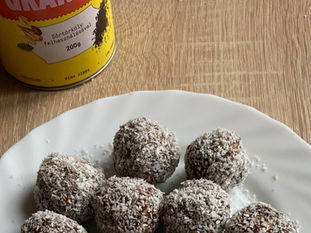We can even call it the big brother of recycling. A more sustainable solution, as recycling requires a lot of energy to turn waste into useful raw materials. In contrast, upcycling uses the discarded material itself as raw material, eliminating the energy needed for recycling.
The big brother of recycling
1.
Here, it's not about using a single ingredient for multiple identical purposes or as animal feed. From this perspective, a byproduct of the food industry still contains nutrients and calories, and instead of considering it as waste, we should view it as a raw material from which new value-added foods can be created. The potential of upcycling has the advantage of meeting a conscious consumer demand for nutritious and healthy products. Food waste is a hidden cost and unnecessarily increases prices.
Raw material instead of garbage
2.
The concept is fundamentally an ancient tradition that gave us breadcrumbs, sausages, and pálinka: the urge to utilize every ingredient we have. It is based on the human instinct not to waste food.
The essence is to create more with less and elevate every food item to its highest and best use.
Age old tradition
3.
Another key advantage of upcycling is that it inherently encourages creative and multifunctional thinking.
Creative way of thinking
4.
What the heck is upcycling?
What do we upcycle?
Upcycled foods are made from ingredients that would otherwise be considered food waste but are still perfectly suitable for human consumption. Food waste includes any food or ingredient that ends up in incinerators, as animal feed, in landfills, or in anaerobic digestion facilities.
In Hungary, approximately 2 million tons of food waste are generated annually, with 62% occurring during production and processing. We utilize these nutrient-rich ingredients!
What can be upcycled into food?












